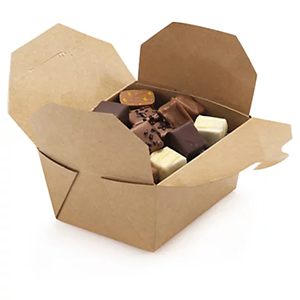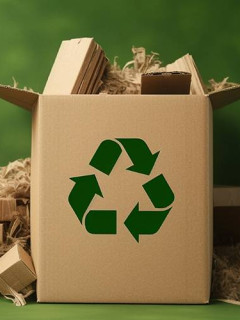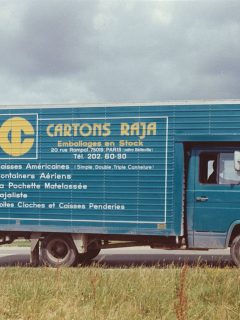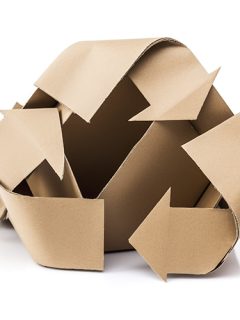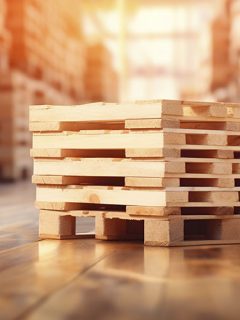Cardboard or plastic. In the world of packaging, it sounds like an irreconcilable dichotomy. It sounds like an eternal debate between ecology and practicality. But is this really true? What are the advantages of each of these materials when it comes to packaging orders? How do you choose between cardboard and plastic packaging for each occasion? At RAJA® we play the role of arbitrator to answer your questions. Cardboard vs. plastic, the game begins!
[tocCardboard packaging, EcoResponsible trend
Due to the vegetable origin of their raw materials and their recyclable potential, cardboard packaging is the EcoResponsible option par excellence.
Advantages of cardboard packaging
Cardboard packaging has the following advantages:
- They convenientlyprotect the goods against humidity, knocks and temperature fluctuations.
- They are highly resistant to vertical compression, provided that the cardboard is chosen in the right thickness.
- They offer perfect adhesion in combination with most packaging tapes.
- Cardboard boxes and cases can be personalised by inserting logos and messages in various colours of ink.
- They save storage space, as most cardboard packaging is stored flat for later assembly.
- They are EcoResponsible, made from recycled materials, or with recyclable or biodegradable properties.
What to look for when choosing cardboard packaging?
When selecting cardboard packaging for your business we recommend you look at three factors:
- Type of cardboardIn the case of corrugated cardboard, one of the most common in the world of warehousing and order picking, you need to decide between single, double or triple corrugated cardboard formats. The thicker the corrugated cardboard, the better able it is to support heavier and more voluminous loads.
- Packaging configuration: depending on the size, dimensions and characteristics of the product to be packed, the required dimensions or functionalities must be modulated. An example of this are the interior divisions in cells of boxes for bottles, or the isothermal reinforcement for food and parapharmaceutical supplies that must be transported cold.
- Mode of delivery: Cartonboard packaging will differ depending on the method used to deliver the purchase to the customer. Lightweight, open-top alternatives are often used for direct shop sales, while click & collect and home delivery require a higher level of protection and proper sealing of cartons.
Most popular RAJA® carton packs
What are the favourite carton packs of RAJA® customers? Here are a few ideas:
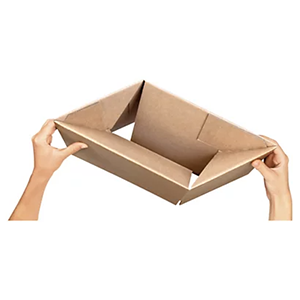
- Instant fit cartons, with variants for postal, moving or double channel use.
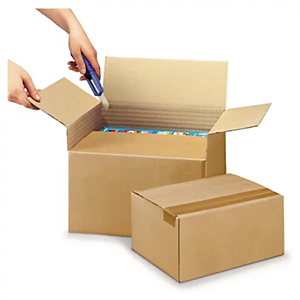
- Variable height and telescopic cardboard boxes, adaptable to different order volumes.
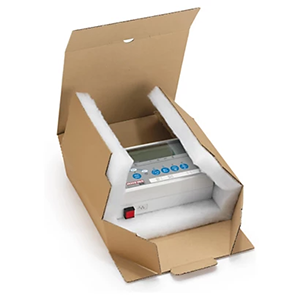
- Cardboard boxeswith integrated foam padding.
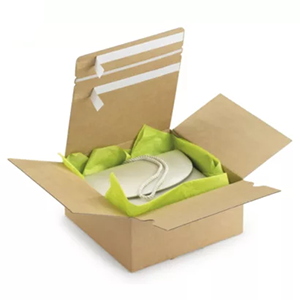
- Round-trip cardboard boxes, an ideal packaging to facilitate the management of returns in e-commerce.
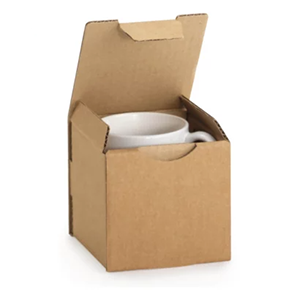
- Cardboard boxesfor postal shipments, in different presentations and formats.
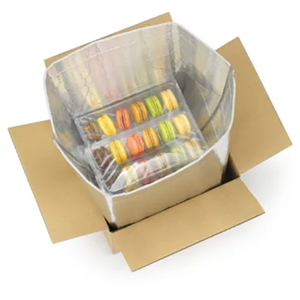
- Isothermal boxes, which maintain the inside temperature unaltered for 24/48 hours.
Are the days of plastic packaging really numbered?
The impending ban on single-use plastics in the EU, which affects straws, tableware and expanded polystyrene trays, has given plastic packaging an (unfair) bad name. While it is true that the recommendation is to reduce their consumption, we should not lose sight of the fact that the plastics that are truly problematic for the environment are those that are short-lived. So plastic’s days are not numbered. In the future we will not see a world without plastics, but one in which consumers will prefer recycled, bio-based and reusable polymers, as is already the case with Returnable Transport Packaging (RTP).
Why continue to use plastic as a packaging material?
On a practical level, plastic packaging offers certain additional advantages over cardboard packaging that are decisive in certain environments:
- They are generally lighter, which simplifies handling, contributes to lower volumetric weight and results in cost savings for shipments.
- They facilitate compliance with phytosanitary regulations governing transport in sectors such as food or pharmaceuticals, or in situations such as when sending pallets to the Canary Islands.
- For fragile products, plastic inflatable protective packaging allows for maximum protection of the goods with a minimum investment in material.
In short, when we put cardboard and plastic in the balance, it is not a question of demonising the latter, but of educating. On the one hand, it is about educating companies to opt for EcoResponsible plastics in the right measure, and on the other hand, it is about educating society to get users involved in recycling processes and the circular economy.
Examples of EcoResponsible plastic packaging at RAJA®.
Equipping yourself with EcoResponsible plastic packaging is possible in the RAJA® online shop. Take a look at these suggestions:
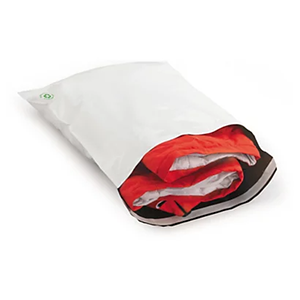
- Recycled opaque plastic bags for mailing.

- Eco-friendly air-fill air bags, 50% recycled, pre-cut and ready to use.
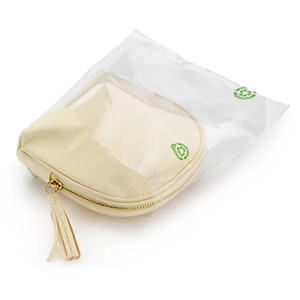
- Ecological 100% recycled plastic bags for packaging and protection.
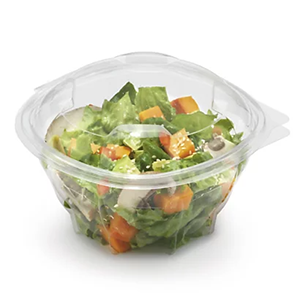
- PLA (corn starch polymer)salad bowls, a type of plastic made from a renewable raw material that is also biodegradable and compostable.
End of the game! Who wins? Well, for us, it ends in a draw between cardboard and plastic. The fight between the two is fierce at every turn and is decided in the melee. And you… tell us about it! Cardboard or plastic, which material will you use to pack your orders today?











